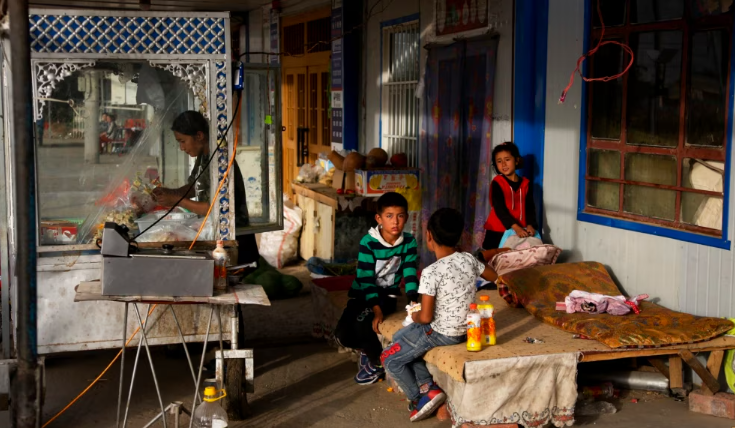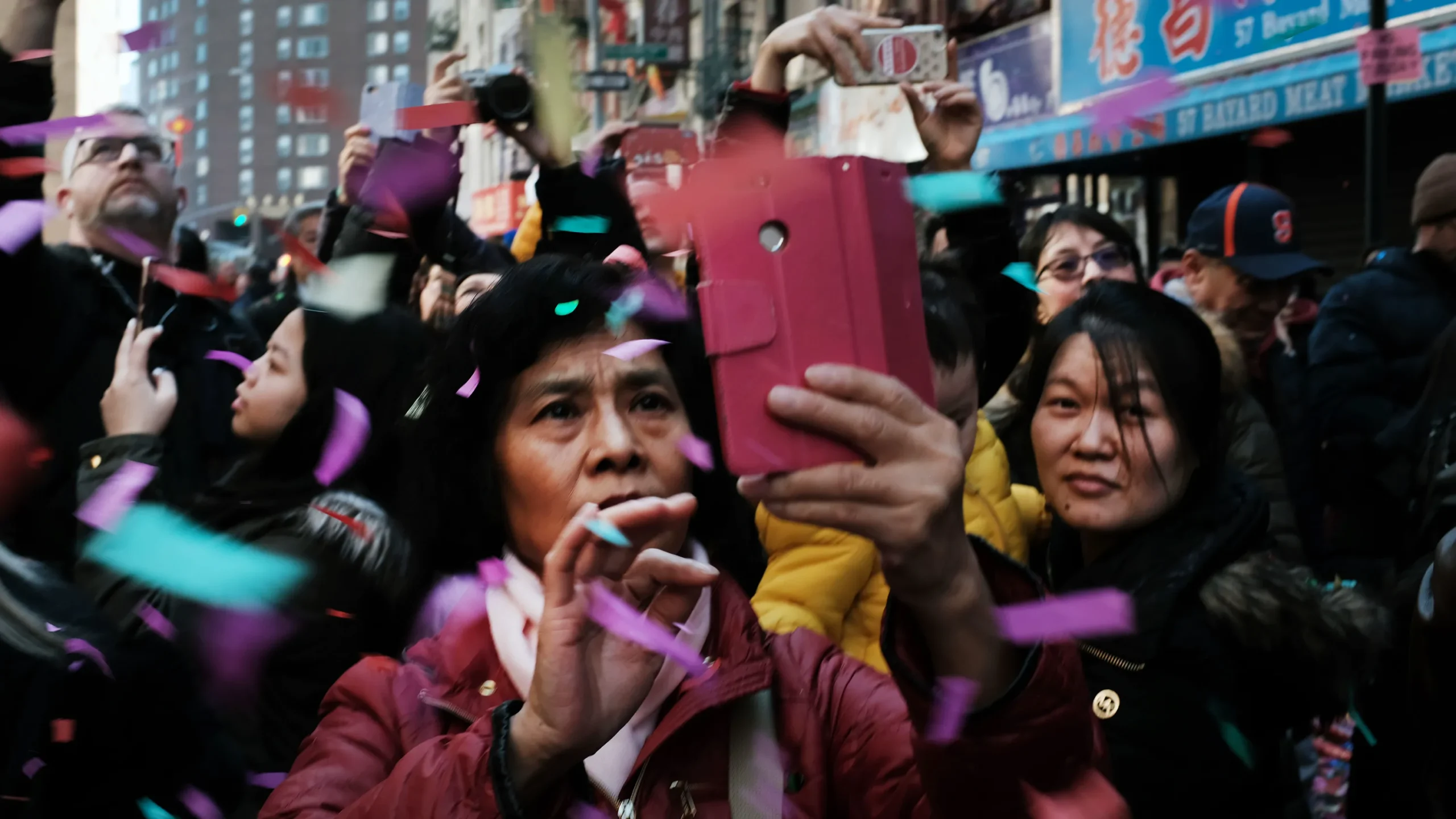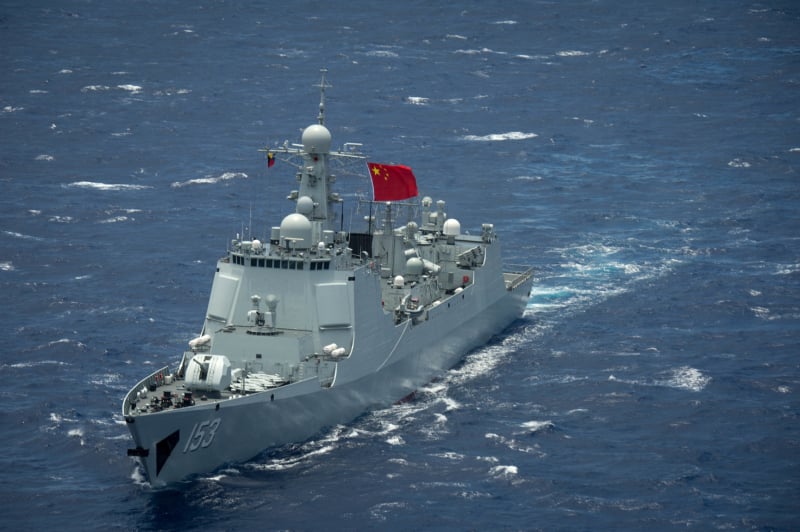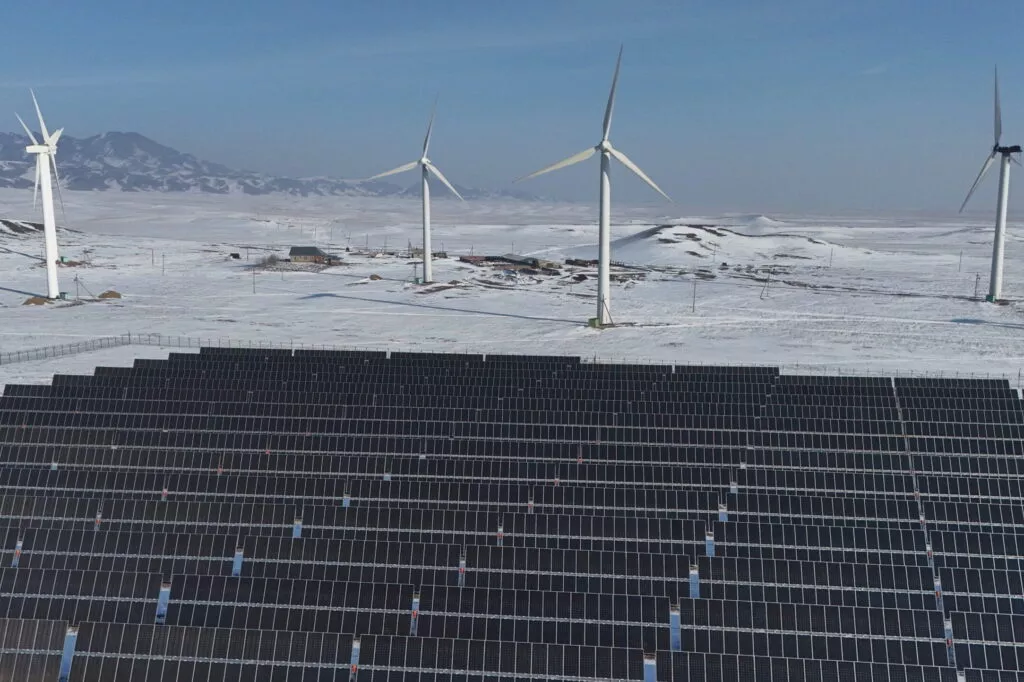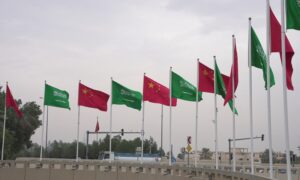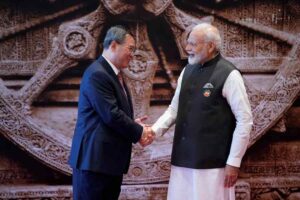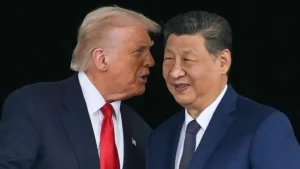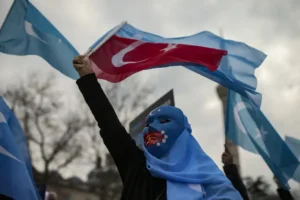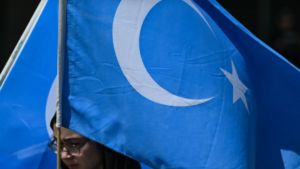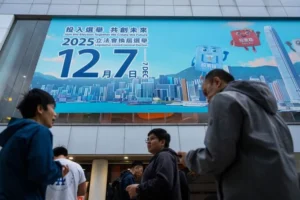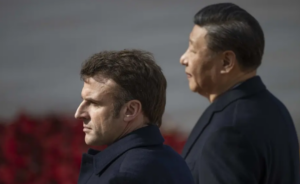The United States and other governments have accused China of genocide over its treatment of the mostly Muslim Uyghurs for subjecting them to not only forced labor but mass surveillance and detention, religious persecution and forced sterilization — all denied by Beijing.
Xinjiang is a major source of some commodities crucial to the global supply chain, including 12% of the world’s aluminum, more than a third of the polysilicon for solar panels and 90% of the cotton produced by China, according to the Coalition to End Forced Labor in the Uyghur Region, a global network of rights groups.
Many of those supply chains now flow through Southeast Asia for reasons beyond just the UFLPA, said Nick Marro, principal Asia economist and global trade lead analyst for the Economist Intelligence Unit.
“For years, multinational companies — both Chinese and non-Chinese owned — have been pouring investment into Southeast Asia to construct supply chains aimed at dodging U.S. tariffs,” he told VOA.
While far from the only reason for the influx, he said, “shifting some production chains to Vietnam or Thailand, for example, can obfuscate whether a good might originally be produced in China.”
“This isn’t necessarily a fool-proof strategy,” Marro said. “U.S. trade authorities are very sensitive to illegal transshipments and other efforts aimed at circumventing U.S. duties. But for some supply chains, cracking down on these activities can be challenging — especially for products like cotton, which is notoriously difficult to trace.”
Evolving supply chains now require looking beyond exports arriving directly from China to catch what’s made there, said Menon, a former lead economist for trade with the Asian Development Bank.
“Increasingly there’s production and value addition in multiple countries,” he said. “Simply looking at goods that emanate from Xinjiang to the U.S. will not capture the intended objective.”
Of the slightly more than $3 billion worth of exports the United States has detained from Malaysia, Thailand and Vietnam because of the UFLPA, the vast majority, $2.96 billion, have been electronics, including solar panels.
Louisa Greve, global advocacy director for the Washington-based Uyghur Human Rights Project, ascribes that to the surge of investment from Chinese solar panel makers into Southeast Asia starting more than a decade ago.
“We don’t know of any Uyghurs working in Southeast Asia in solar, but we do know where the polysilicon has to come from. That’s the issue,” she told VOA. “It’s about the components.”
Greve added that the Southeast Asian countries and companies involved in importing and incorporating that polysilicon into the solar panels they help make and export also risk being complicit in the state-sponsored forced labor that goes into producing it in China.
“Thirty-five percent of the world’s polysilicon, or solar-grade polysilicon, is coming from China. It’s up to every manufacturer, like the plants that are actually making solar panels in Southeast Asia … to say, ‘We have to be responsible for the raw materials that we’re using,’” she said.
Menon asserted the UFLPA could benefit low-wage countries less tainted by forced labor than China by driving more business their way, but he said that Southeast Asia will still struggle to wean itself off Chinese supplies.
“China is still the hub or the center of ASEAN [Association of Southeast Asian Nations] supply chains. That hasn’t changed. There’s been some reconfiguration taking place, but by and large, China’s not going away,” he said.
